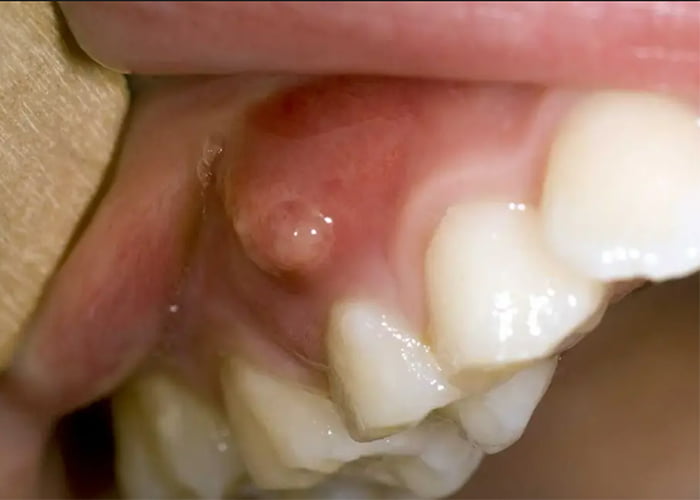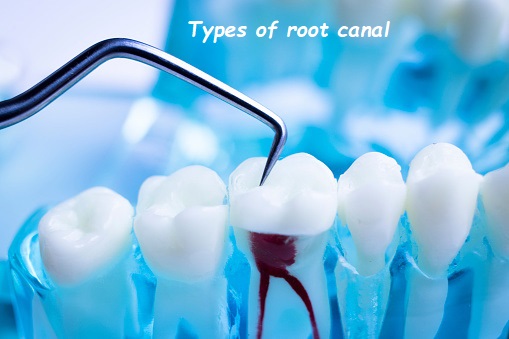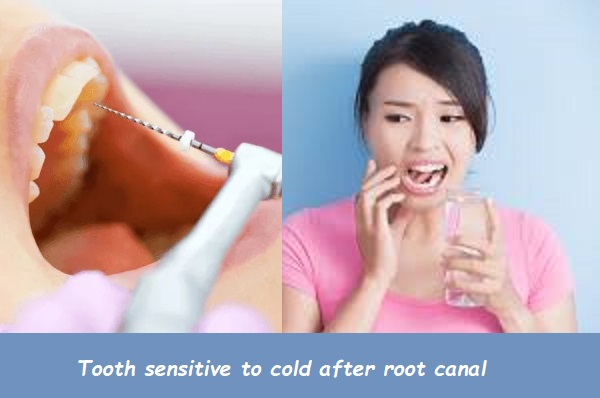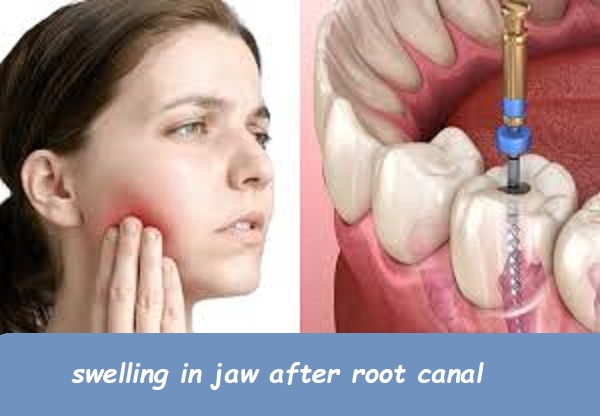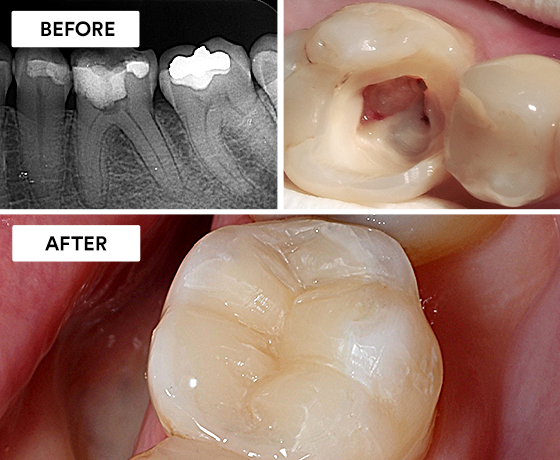Fly after root canal
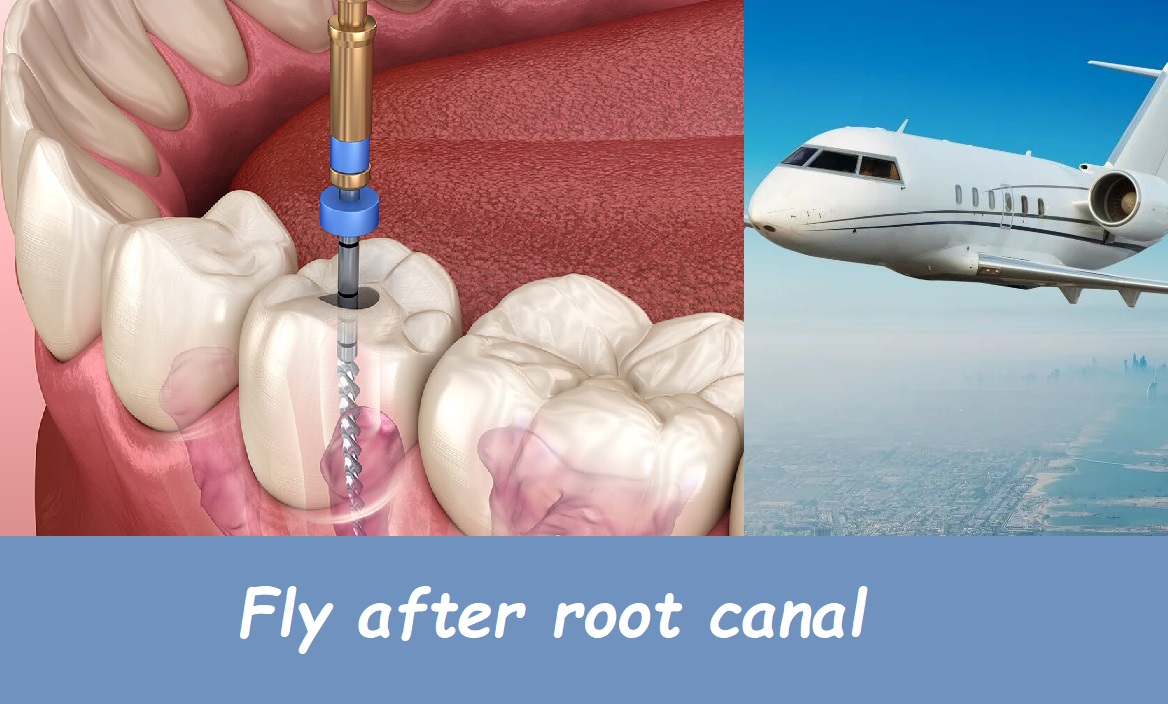
Undergoing a root canal can be a stressful experience, and planning travel soon after can add another layer of concern. Many people wonder if it is safe to fly after having a root canal, what precautions should be taken, and how to ensure a smooth recovery. This comprehensive guide will address all your concerns about flying after a root canal, including the potential risks, recommended precautions, and tips for a comfortable journey.
Understanding Root Canals
What is a Root Canal?
A root canal is a dental procedure designed to treat an infected or damaged tooth pulp. The process involves several steps:
- Diagnosis: Identifying the need for a root canal through symptoms and diagnostic tests.
- Removal of Infected Pulp: Cleaning out the infected or damaged pulp from the tooth’s root canals.
- Disinfection: Cleaning and disinfecting the inside of the tooth to remove bacteria and prevent further infection.
- Filling and Sealing: Filling the cleaned canals with a biocompatible material and sealing the tooth.
- Restoration: Often, a crown is placed over the tooth to restore its function and appearance.
Why is a Root Canal Necessary?
Root canals are necessary to save a tooth that would otherwise need to be extracted due to severe decay, infection, or damage. By removing the infected pulp and sealing the tooth, a root canal can alleviate pain, prevent the spread of infection, and restore dental health.
Can You Fly After a Root Canal?
Yes, you can fly after a root canal, but there are some considerations to keep in mind to ensure a safe and comfortable experience. Understanding the potential risks and taking appropriate precautions can help you avoid complications.
Potential Risks of Flying After a Root Canal
Flying after a root canal generally poses minimal risk, but some factors could affect your comfort and recovery:
1. Air Pressure Changes
The changes in cabin pressure during a flight can cause discomfort, especially if your tooth or surrounding tissues are still sensitive after the procedure. This can result in mild to moderate pain.
2. Post-Operative Pain
It is common to experience some pain and discomfort after a root canal. Flying soon after the procedure might exacerbate this pain due to pressure changes and prolonged sitting.
3. Swelling
Swelling around the treated tooth can occur after a root canal. While flying, the pressure changes might worsen the swelling and lead to additional discomfort.
4. Risk of Infection
Although rare, there is a small risk of infection after a root canal. Flying in a confined space with limited access to medical care could complicate the management of any developing infection.
Precautions to Take When Flying After a Root Canal
To ensure a smooth and comfortable flight after a root canal, consider the following precautions:
1. Consult Your Dentist
Before flying, consult your dentist to ensure it is safe to travel. They can provide personalized advice based on your specific situation and recovery progress.
2. Schedule the Flight Wisely
If possible, schedule your flight a few days after the root canal to allow for initial healing and to address any immediate post-operative discomfort.
3. Manage Pain and Swelling
- Pain Relief: Take any prescribed pain medications or over-the-counter pain relievers, such as ibuprofen or acetaminophen, as directed by your dentist.
- Cold Compress: Apply a cold compress to the affected area to reduce swelling and discomfort before the flight.
4. Stay Hydrated
- Drink Water: Staying hydrated can help alleviate discomfort and promote healing. Drink plenty of water before and during the flight.
- Avoid Alcohol and Caffeine: These can dehydrate you and potentially worsen discomfort.
5. Bring Necessary Supplies
- Medications: Carry all prescribed medications, including pain relievers and antibiotics, if any.
- Oral Care Products: Bring a travel-sized toothbrush, toothpaste, and mouthwash to maintain oral hygiene during your journey.
6. Choose Comfortable Seating
- Select a Comfortable Seat: If possible, choose a seat with extra legroom or near the front of the plane to reduce turbulence and movement.
- Move Around: Get up and walk around the cabin periodically to improve circulation and reduce stiffness.
Tips for a Comfortable Flight After a Root Canal
To ensure a comfortable flight after a root canal, follow these tips:
1. Avoid Hard and Crunchy Foods
Stick to soft foods that are easy to chew and avoid hard or crunchy foods that could irritate the treated tooth.
2. Practice Good Oral Hygiene
Maintain good oral hygiene by brushing and flossing regularly, but be gentle around the treated area to avoid irritation.
3. Use a Travel Pillow
A travel pillow can provide neck support and help you rest comfortably during the flight.
4. Practice Relaxation Techniques
Use relaxation techniques such as deep breathing, meditation, or listening to calming music to manage stress and discomfort during the flight.
Common Questions About Flying After a Root Canal
1. How soon can I fly after a root canal?
- It is generally safe to fly a day or two after a root canal, but it’s best to consult your dentist for personalized advice.
2. Will flying increase pain after a root canal?
- Changes in cabin pressure can cause mild to moderate discomfort. Taking pain relievers as prescribed and using a cold compress can help manage pain.
3. Can flying cause complications after a root canal?
- Complications are rare, but flying soon after the procedure might exacerbate pain and swelling. Consult your dentist to ensure it’s safe for you.
4. What should I do if I experience severe pain during the flight?
- If you experience severe pain, take any prescribed pain medication. If the pain persists, seek medical attention after landing.
5. Is it safe to fly if I have an infection after a root canal?
- If you suspect an infection, consult your dentist before flying. They may prescribe antibiotics and advise you on the best course of action.
6. Can I drink alcohol during the flight after a root canal?
- It’s best to avoid alcohol as it can dehydrate you and potentially worsen discomfort. Stick to water and non-caffeinated beverages.
7. How can I reduce swelling before flying?
- Apply a cold compress to the affected area and take any prescribed anti-inflammatory medication. Staying hydrated can also help reduce swelling.
8. Can I eat normally after a root canal before flying?
- Stick to soft foods that are easy to chew and avoid hard or crunchy foods that could irritate the treated tooth.
9. Should I bring anything specific on the flight after a root canal?
- Bring any prescribed medications, a travel-sized oral care kit, and a cold compress. Consider carrying a travel pillow for added comfort.
10. How can I ensure my recovery continues smoothly after flying?
- Maintain good oral hygiene, follow your dentist’s post-operative care instructions, and schedule a follow-up appointment if needed.
Case Studies: Flying After a Root Canal
Case Study 1: Business Trip After Root Canal
Patient: A 40-year-old executive needed to fly for a business trip two days after a root canal.
Precautions Taken: Consulted the dentist, scheduled the flight two days post-procedure, took prescribed pain relievers, and stayed hydrated during the flight.
Outcome: The patient experienced mild discomfort managed with pain medication and had a smooth flight with no complications.
Case Study 2: Family Vacation After Root Canal
Patient: A 28-year-old planning a family vacation the day after a root canal.
Precautions Taken: Consulted the dentist, applied a cold compress, brought pain relievers and an oral care kit, and chose a seat with extra legroom.
Outcome: The patient had a comfortable flight, with manageable pain and no significant issues, enjoying the vacation with the family.
Conclusion
Flying after a root canal is generally safe, but taking the right precautions is essential to ensure a comfortable and smooth recovery. Consulting with your dentist, managing pain and swelling, staying hydrated, and following good oral hygiene practices can help you avoid complications and enjoy your travel plans. By understanding the potential risks and how to mitigate them, you can confidently plan your trip and maintain your dental health.
Whether flying for business or pleasure, being well-prepared can make all the difference in your post-root canal travel experience.


